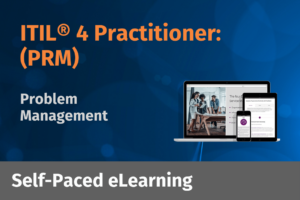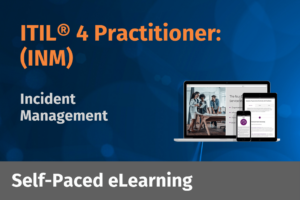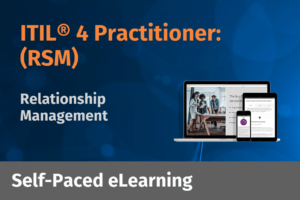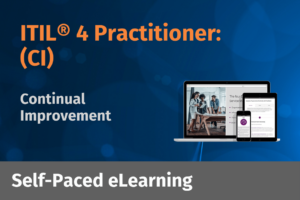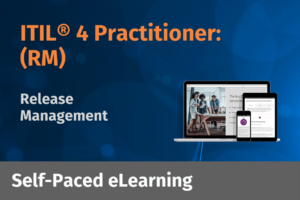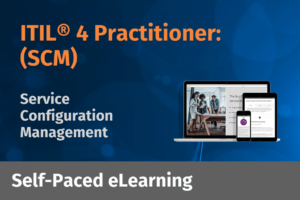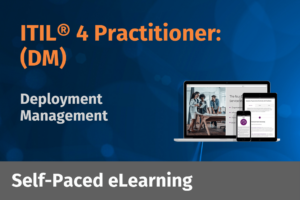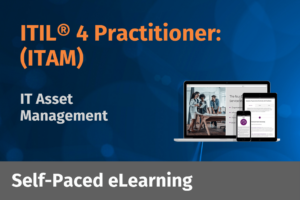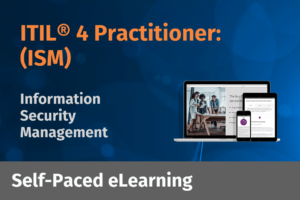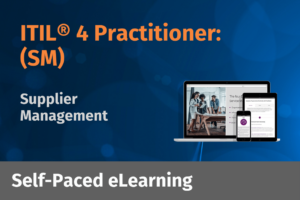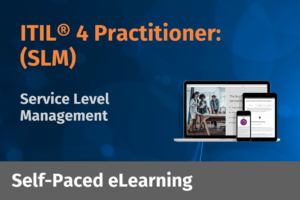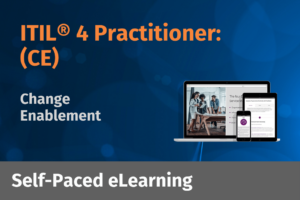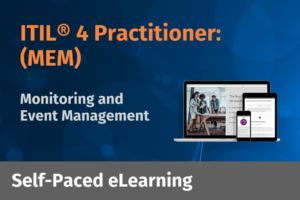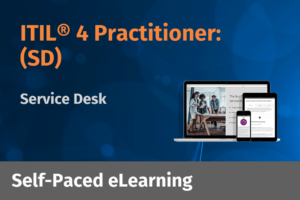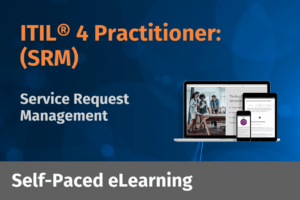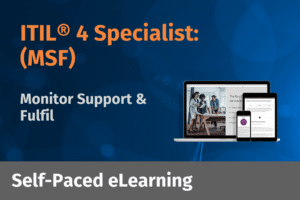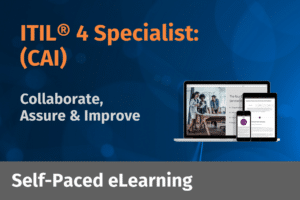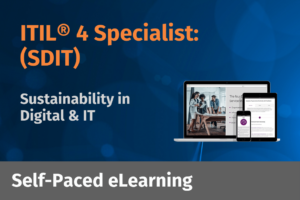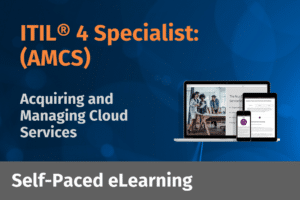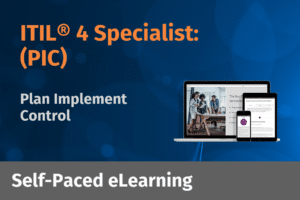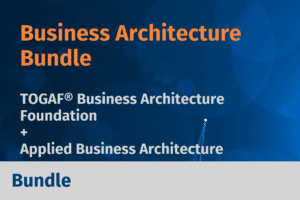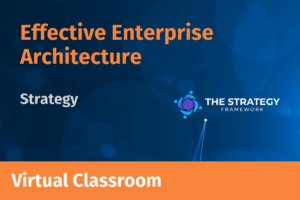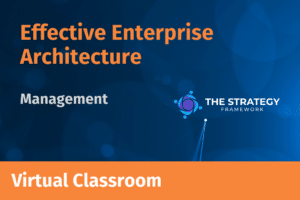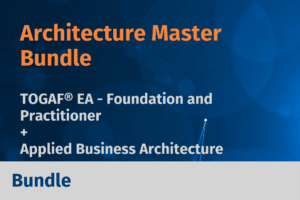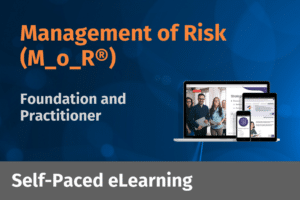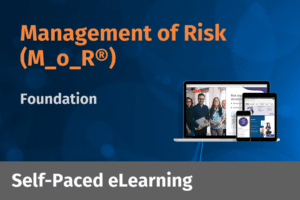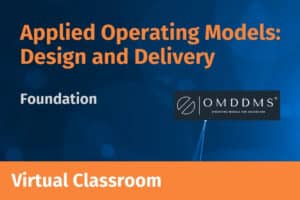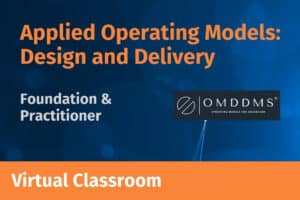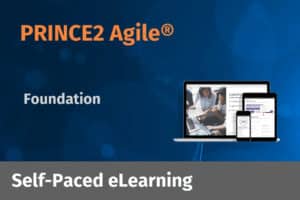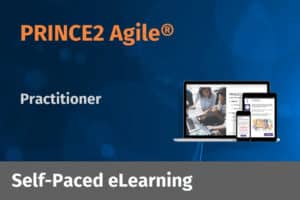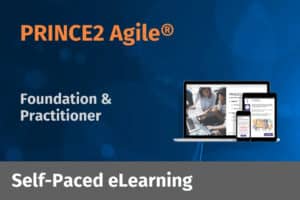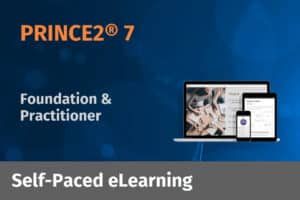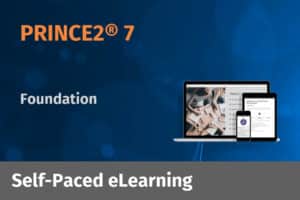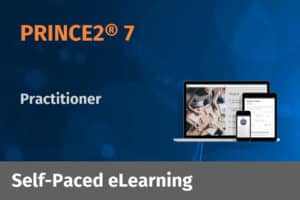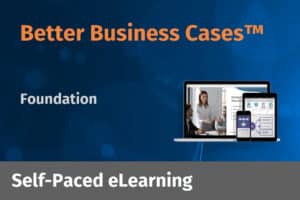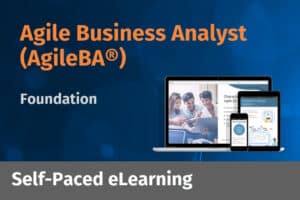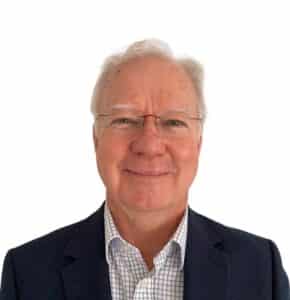Operating Models
An operating model defines how organisations work, such as how capabilities (people, processes, information and technology) come together to deliver outcomes. Without an operating model, strategy remains abstract. With the right operating model, execution becomes deliberate, scalable, and measurable. Our Applied Operating Models courses provide the knowledge, tools, and skills needed to close that gap. Developed from the OMDDMS® Standard (Release 4.1), these accredited courses equip professionals and organisations to design and deliver operating models that drive clarity, efficiency, and sustained transformation.
Index
- What are Operating Models
- Why Professionals Gain Operating Models Certification
- Why Organisations Procure Operating Models Certification
- Choosing an Operating Models Course
- Comparing Operating Models Courses
- Exams and Certification Process
- Related Courses: Agile Business Analyst (AgileBA®)
- Benefits of Private Operating Models Training
- Frequently Asked Questions
- Further Learning: Operating Models Resources

What are Operating Models
An operating model defines how an organisation delivers value to its customers, stakeholders, and shareholders through structured capabilities and repeatable practices. It provides the structural logic that connects strategy with execution. It is a comprehensive view of how capabilities, systems, people, governance, information, and technology all work together to produce business outcomes.
Operating models matter because they remove ambiguity, eliminate duplication, clarify decision rights, and place resources with strategy. In a market where agility and integration are essential, an effective operating model provides a stable platform for controlled change and sustainable growth.
Where Operating Models Fit in the Enterprise Ecosystem
In Enterprise Architecture, operating models provide the framework that links business and technology through clearly defined capabilities and value streams. For Business Architecture, they offer the context for capability mapping and operational design. Within Portfolio, Program, and Project Management, operating models clarify how strategic initiatives are prioritised and executed. In IT Service Management, they define service boundaries, ownership, and governance across digital and physical channels. Together, they ensure all functions operate from a shared, strategic logic, thereby reducing friction and enabling transformation at scale.
Why Professionals Gain Operating Models Certification
Professionals seek certification in operating model design and delivery to lead strategic change with clarity, structure, and confidence. It enables architects, transformation leaders, operating executives, and delivery managers to:
- Design fit-for-purpose operating models that connect strategy to implementation
- Map capabilities, value streams, and functional responsibilities
- Position business design with governance, technology, and data flows
- Lead transformation with proven, scalable techniques
OMDDMS® certification signals that you can model enterprise complexity, engage stakeholders across domains, and lead transformation with confidence and clarity. It differentiates professionals who can model complexity, engage stakeholders, and translate strategic goals into delivery outcomes. For those in roles with cross-functional influence, this skillset is both highly visible and highly valued.


Why Organisations Procure Operating Models Certification
Organisations procure operating model training to address issues such as:
- Disconnected or duplicated business efforts
- Low benefit realisation from transformation initiatives
- Friction between strategy teams and operational units
- Need for consistent, repeatable design logic across the enterprise
Certification gives teams a shared structure and method to accelerate analysis and delivery, enabling operating model work to become a core enterprise capability. By equipping teams with a common approach to design, analysis, and delivery, organisations can reduce miscommunication and increase change velocity. It moves operating model design from theory to enterprise capability.
Choosing an Operating Models Course
We offer two course options, both developed from the OMDDMS® Standard (Release 4.1), to support professionals at different stages of their development.
This course introduces a clear, practical definition of an operating model and establishes a shared language based on the OMDDMS® Standard. It equips participants with the core concepts and structure essential to understanding operating model design and transformation, ideal preparation for deeper learning and application.
This accredited 4-day course equips professionals to drive enterprise-wide transformation by applying practical frameworks to reshape operating models and deliver measurable value. It is designed for professionals responsible for business strategy with operational execution. Participants develop the skills to design and deliver operating models that improve efficiency, support innovation, and sustain enterprise change. The course includes practical exercises, stakeholder engagement techniques, and certification.
Comparing Operating Models Courses
(Version 4, 2024)
Learning Objectives
- Understand what operating models are and why they are critical to business transformation
- Learn how to design and deliver operating models that drive clarity and execution
- Explore the core principles and structure behind effective operating model design
- Discover how the OMDDMS® Standard supports transformation across complex organisations
Exam Information
- One exam plus a free retake.
- 75 minute, 50 question multiple-choice exam, requiring a 60% pass mark
Badge Eligibility
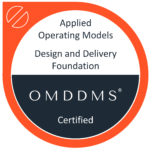
Activities and Group Work
- Guided group discussions and foundational exercises
Utilises Case Study
Yes
Applied Operating Models: Design and Delivery – Foundation and Practitioner
(Version 4, 2024)
Learning Objectives
- Develop the skills to apply TOGAF® EA concepts in real-world architecture
scenarios. - Focuses on delivering the complete knowledge base expected for first-attempt
success in the TOGAF® EA Practitioner Certified exam.
Exam Information
- Two exams plus a free retake
- Foundation: 75 minute, 50 question multiple-choice exam, requiring a 60% pass mark and
- Practitioner: 75 minute, 40 multiple-choice questions and one written question exam, requiring a 60% pass mark
Badge Eligibility

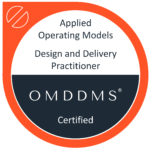
Activities and Group Work
- Structured exercises, workshops, and interactive sessions
Utilises Case Study
Yes
Exams and Certification Process
Both Applied Operating Models courses include exam voucher(s) and a free retake voucher (if required). The courses include:
- Case studies, exercises, and quizzes
- Online exam(s)
- Digital certification badges upon successful completion
The Applied Operating Models: Design and Delivery – Foundation course has one exam which is a 75 minute, 50 question multiple-choice exam, requiring a 60% pass mark.
The Applied Operating Models: Design and Delivery – Foundation and Practitioner course has two exams. The Foundation exam is a 75 minute, 50 question multiple-choice exam, requiring a 60% pass mark. The Practitioner exam is a 75 minute, 40 multiple-choice questions and one written question exam, requiring a 60% pass mark
Certification confirms your ability to design, deliver, and apply the OMDDMS® Standard to real-world operating model scenarios.
Related Courses:
Agile Business Analyst (AgileBA®)
Many professionals involved in operating model work are also responsible for defining requirements, engaging stakeholders, and assigning agile teams to business needs. Our Agile Business Analyst (AgileBA®) course supports this by equipping business analysts and change professionals with:
- Agile-focused techniques for stakeholder management and requirements definition
- A practical framework to bridge business value and product delivery
- Tools to operate within agile environments while maintaining architectural structure
AgileBA® complements OMDDMS® by equipping analysts with tools to translate business needs into agile delivery without losing strategic direction.
Benefits of Private Operating Models Training
Private group training offers organisations a cost-effective and high-impact way to build internal capability in operating model design and delivery. Delivered for your team, it enables focused learning, real-time collaboration, and immediate application in a private setting. Other key benefits include:
- Contextualised Delivery: The instructor holds a pre-course call to understand your organisation’s structure, challenges, and learning goals, which enables them to bring relevant context and examples into the course delivery.
- Dedicated Event Support: EA Learning provides complete logistical coordination, including onboarding, reminders, technical support, and post-course communications.
- Scalable and Flexible: Train up to 25 participants in a single session with no minimum enrolment, as savings begin well before reaching full capacity, making it a cost-effective option for teams of all sizes.
- Team Engagement: Teams develop a shared language, method, and understanding of operating model design using the OMDDMS® Standard.
- Post-Course Insights: Feedback surveys and a debrief meeting offer opportunities to review impact and plan future learning pathways.
With a highly experienced instructor, accredited course materials, and full event support, private training offers a focused, flexible, and efficient way to upskill your team in a format that suits your organisation.
Frequently Asked Questions
Operating models provide the structural clarity needed to manage interdependencies across people, processes, technology, and governance. By defining how capabilities are delivered and decisions are made, they reduce ambiguity and increase the likelihood of benefit realisation in large-scale programs.
Operating models address fragmented execution, duplicated effort, inconsistent customer experiences, and misdirected priorities between strategy and operations. They help organisations eliminate redundancy, improve resource utilisation, and create a repeatable approach to structured change.
Because an operating model spans the entire business ecosystem, it enables cross-functional coordination. Strategy, operations, technology, finance, risk, and transformation teams can use the model to understand their role in value delivery, ensuring decisions are made with enterprise-wide context.
Projects often fail due to unclear scope, ownership, or conflicts with enterprise priorities. A defined operating model provides a consistent reference point for capability needs, governance boundaries, and integration touchpoints—improving design quality, stakeholder engagement, and execution speed.
The course is based on the OMDDMS® Standard (Release 4.1), a practical, outcome-oriented framework for designing and delivering operating model transformation. It includes tools for capability mapping, value stream modelling, stakeholder management, and prioritisation.
Yes. Operating models complement architectural frameworks like TOGAF® and delivery methodologies such as Agile by providing the macrostructure that supports coordination, design integrity, and enterprise structure. They help define the "why" and "how" behind delivery choices at scale.
Organisations that embed operating model thinking typically achieve faster decision-making, reduced duplication, better use of existing capabilities, and improved communication between strategic goals and operational execution. Over time, it becomes a repeatable mechanism for enabling transformation.



